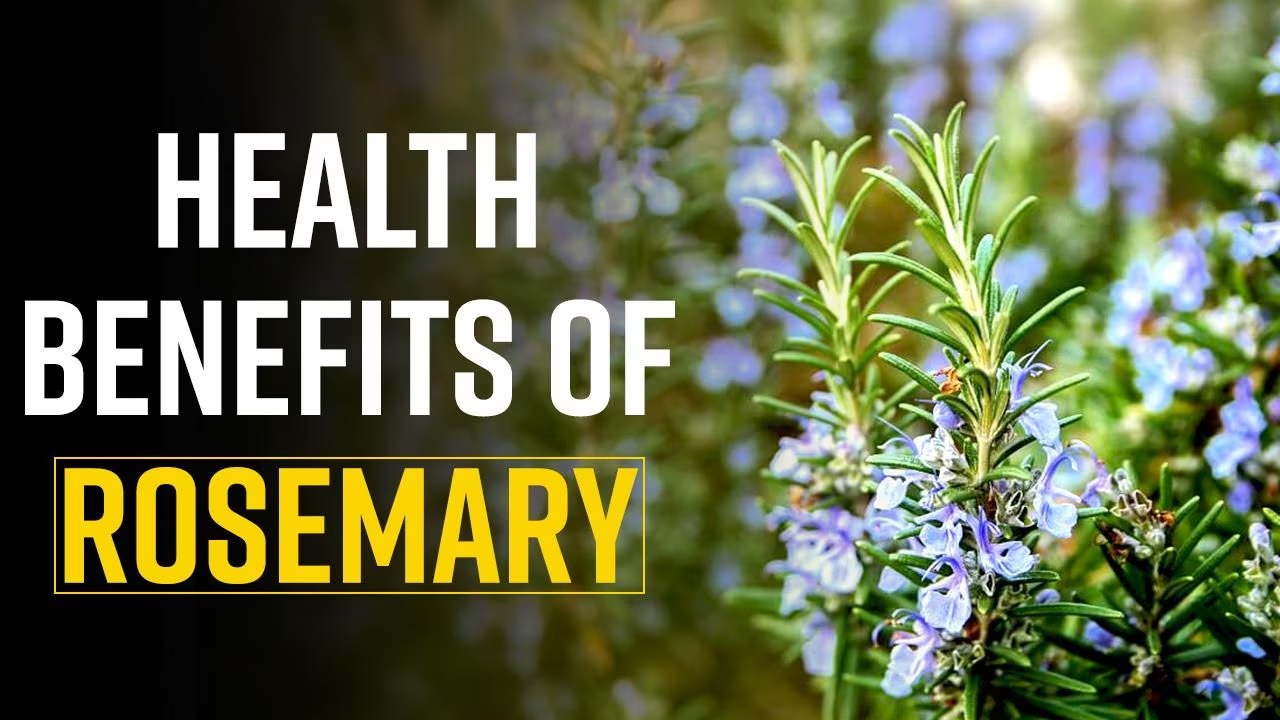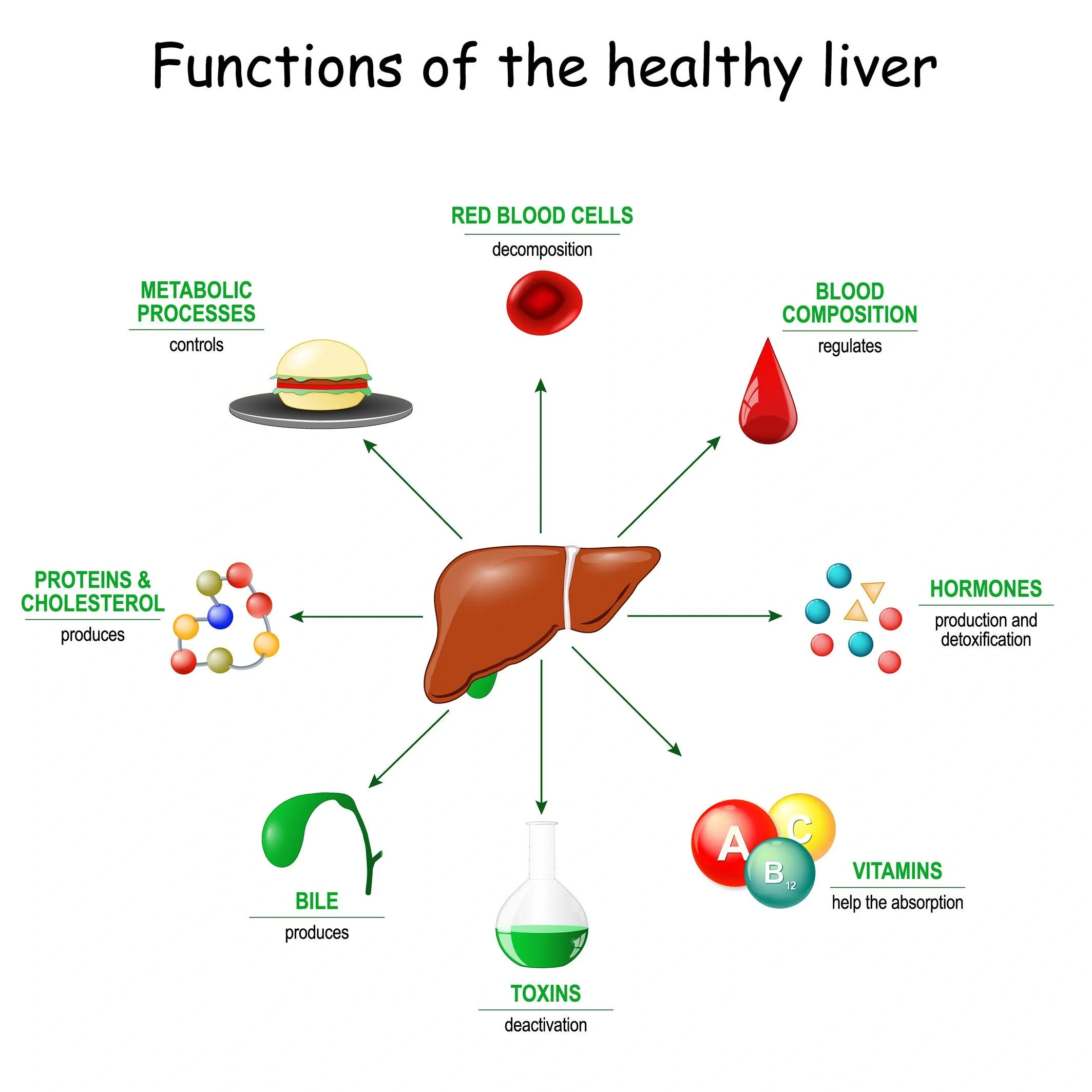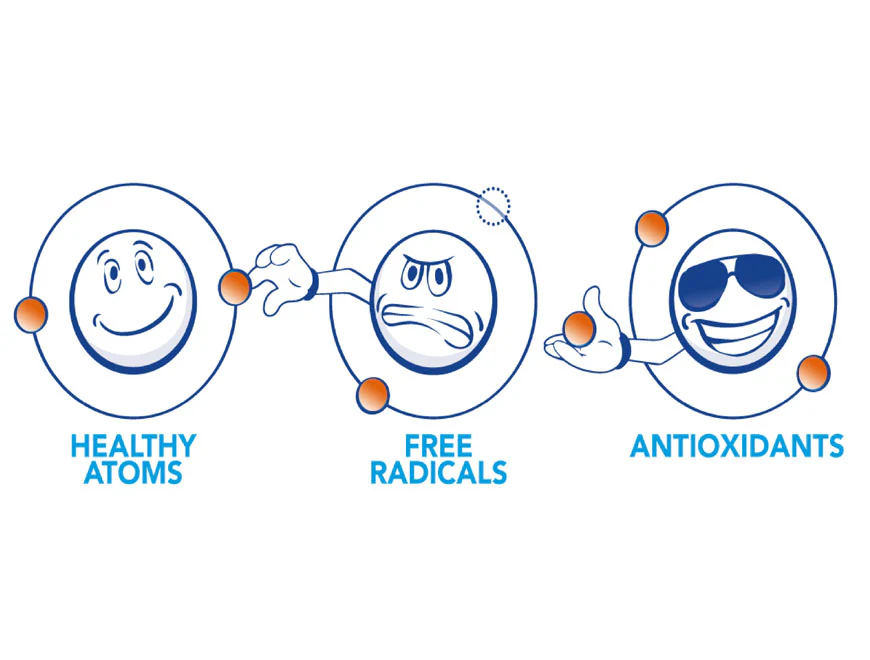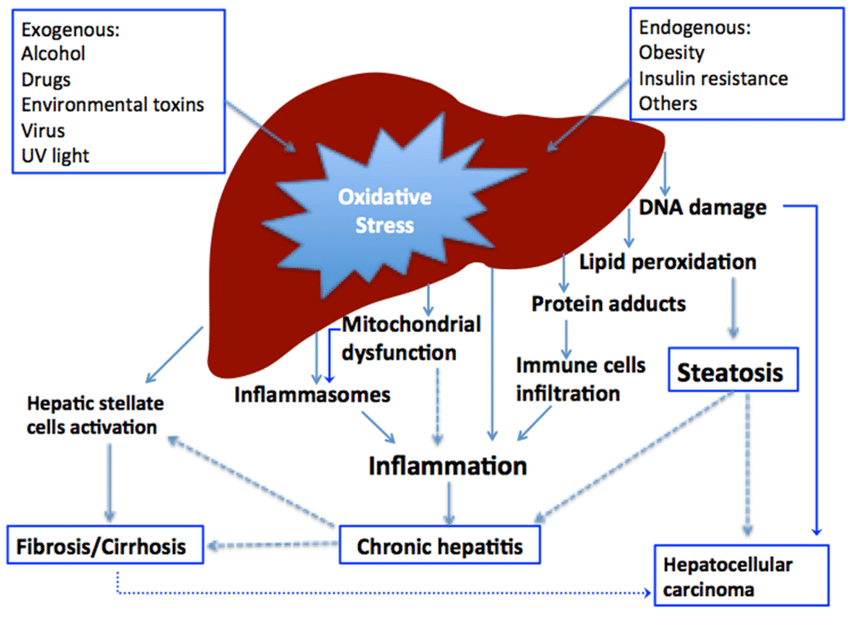
Plants have been cultivated and used over many generations as medicinal remedies due to their therapeutic constituents.1 Of particular interest is the capacity of plants to control the degree of oxidative stress within the body; a process that left unmitigated, leads to neurodegenerative diseases, cancer, cardiovascular disease, obesity, and metabolic syndrome.2 Plants, such as rosemary, have also been found to act as an antioxidant that protects the liver; an organ which plays several critical roles to include detoxification, energy production and the storage of iron, copper, lipid-soluble vitamins, triglycerides, and glycogen.3 As such the following will explore rosemary in greater detail and its influence upon liver health.

As mentioned previously, the liver plays many central roles especially the management and clearance of xenobiotics (a substance foreign to the human body), and as a consequence, experiences heavy exposures to oxidative stress from free radicals (FRs).4 FRs can be defined as partially reduced metabolites of oxygen which carry a charge via an unpaired electron in the outer orbital.5 Said charge makes FRs substantially unstable and reactive producing species such as a superoxide radical, singlet oxygen, lipid peroxide, hydrogen peroxide, and hydroxyl radical.5(516) All FRs seek to have their unpaired electrons paired, and will satisfy such a requirement, indiscriminately, from any cellular component to achieve such an end.5(516)Such cellular components include the liver.

FRs and associated cellular damage can be controlled by a deliberate and calculated supply of electrons from non-cellular sources. Such can be achieved by way of antioxidants .5(518) When there is a lack of antioxidants available to quench the requirements of FRs, said imbalance is known as oxidative stress.4(1) Left unmitigated, organs such as the liver can undergo pathophysiological changes to include hepatocellular carcinoma, liver cirrhosis, inflammatory necrotic hepatitis, and sub-clinical hepatitis without jaundice.4(2) However, natural antioxidant products have been slowly gaining popularity, largely due to their safety and efficaciousness. Furthermore, almost half of liver therapy interventions are now using natural products and/or their derivatives for the same.4(2)

Rosemary, also known as Rosmarinus officinalis L., is a woody herb which is native to the Mediterranean. Said herb’s leaves are frequently used as a condiment, however, said plant has also been widely cultivated for medicinal purposes.4(2) Such uses could include using rosemary as a stimulant, mild analgesic (reduces pain), as well as a means of reducing mental fatigue, inflammation, and headaches.4(2) As Raskovic et al4(2) stated, the majority of pharmacological benefits derive from rosemary’s antioxidant substances to include ursolic acid, rosmarinic acid, and caffeic acid.4(2) Carnosic acid, carnosol, and diterpenes were suggested as particularly potent antioxidants within the rosemary plant in addition to its essential oils. Having briefly considered FRs, oxidative stress, and the beneficial nature of antioxidants, the following will explore rosemary and its hepatoprotective effects in greater detail.

Of particular interest are the essential oils from rosemary characterized by a pale yellow or colorless liquid, with a uniquely defined odor from the plant, and composed mainly by monoterpenes such as 1,8-cineole, camphor and α-pinene.4(2) Due to its antioxidant and antimicrobial activity, monoterpenes have come under further interest by researchers seeking methods of protecting livers from oxidative stress and injury. As such, Raskovic et al4(2) developed an experiment whereby the antioxidant effects of monoterpenes were monitored in liver-injured (by using carbon tetrachloride, aka CCL4, to induce injury) rats. To evaluate the effects of rosemary essential oil (REO), CCL4-induced liver injury, the animals were randomly divided into 6 experimental groups, each containing six rats. Groups were structured as: control group with saline at 1 ml/kg, control group exposed to CCL4 at 1 ml/kg + saline at 1 ml/kg, REO5 at 5 mg/kg, REO5 at 5 mg/kg + CCL4 at 1 ml/kg, REO10 at 10 mg/kg, REO10 at 10 mg/kg + CCL4 at 1 ml/kg.4(3)

As a means of quantifying the antioxidative potential of REO against CCL4-induced liver damage of rats, the researchers chose to monitor glutathione (GSH) levels, malondialdehyde (MDA), and activities of glutathione reductase (GR), glutathione peroxidase (GPX), catalase (CAT), and peroxidase (PX).4(5) Furthermore, alanine transaminase (ALT) and aspartate aminotransferase (AST) were measured to assess the degree of liver damage from CCL4.4(5) Interestingly, in the control group, a single dose of CCL4 induced a 3.5-fold decrease in MDA (measures cellular lipid peroxidation/damage) levels and a significant reduction in GSH (a powerful antioxidant) levels within 24 hours suggesting its oxidative potency.4(5)However, in groups treated with REO (5 mg/kg and 10 mg/kg), both doses significantly reversed the oxidative stress-related biomarkers; 10 mg/kg doses, however, reversed said parameters close to the values of negative control group (i.e., no treatment) suggesting potential hepatoprotective effects of REO.4(5)
In conclusion, plants have been cultivated and used over many generations as medicinal remedies due to their therapeutic constituents. As covered in the preceding sections, oxidative stress, left unmitigated, can lead to neurodegenerative diseases, cancer, cardiovascular disease, obesity, metabolic syndrome, and liver damage. Despite such far-reaching consequences of FRs, mounting research is indicating the potential use of rosemary as a natural, safe, and effective means of controlling FR damage and oxidative stress, especially for critical organs such as the liver. If combined with other nutrition and lifestyle interventions, REO could help support optimal liver function and overall health, performance, and longevity.
References
1. Chraibi M, Farah A, Elamin O, et al. Characterization, antioxidant, antimycobacterial, antimicrobial effects of Moroccan rosemary essential oil, and its synergistic antimicrobial potential with carvacrol. J adv Pharm Technol Res. 2020;11(1):25-29. doi: 10.4103/japtr.JAPTR_74_19.
2. Forni C, Facchiano F, Bartoli M, et al. beneficial role of phytochemicals on oxidative stress and age-related diseases. Biomed Res Int. 2019;2019:1-16. doi:10.1155/2019/874825.3
3. Reisner EG, Reisner HM. An Introduction to Human Disease: Pathology and Pathophysiology Correlations. 10th ed. Burlington, MA: Jones & Bartlett Learning; 2017.
4. Raskovic A, Milanovic I, Pavlovic N, et al. Antioxidant activity of rosemary (Rosmarinus officinalis L.) essential oil and its hepatoprotective potential. BMC Compliment Altern Med. 2014;15:1-9. doi:10.1186/1472-6882-14-225.
5. Lord RS, Bralley, JA. Laboratory Evaluations for Integrative and Functional Medicine. 2nded. Duluth, GA: Genova Diagnostics; 2012.
-Michael McIsaac
